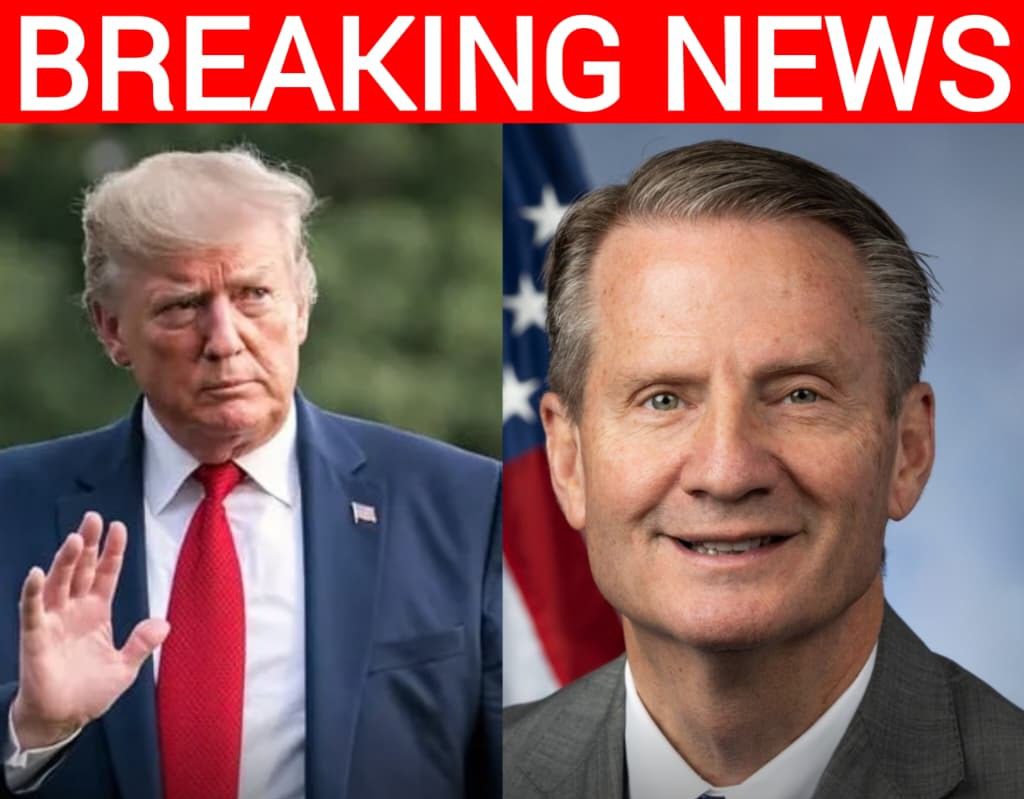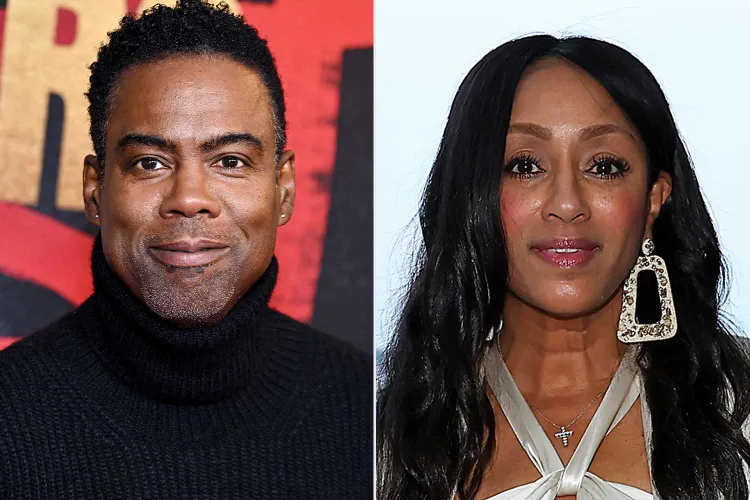Trump Brings Children Battling Cancer Into Oval Office as He Signs Groundbreaking Order to Use AI Against Pediatric Cancer
There are moments in politics that go beyond policy and feel deeply human, and that was exactly what unfolded in the Oval Office on September 30, 2025. President Donald Trump signed an executive order designed to harness the power of artificial intelligence to fight pediatric cancer, but the real story was in the faces of the children who stood beside him.

The signing ceremony was not filled with scripted talking points or rehearsed applause lines. Instead, the room was filled with children fighting for their lives and their parents holding back tears as they watched the President of the United States promise to use the country’s most advanced technology to give them a fighting chance. One nine-year-old girl, her voice steady but emotional, thanked Trump directly. “Thank you, Mr. President, for making everything happen today, so kids like me… can still be living today and speaking.” It wasn’t just a line—it was raw truth from a child whose future depends on breakthroughs like this.
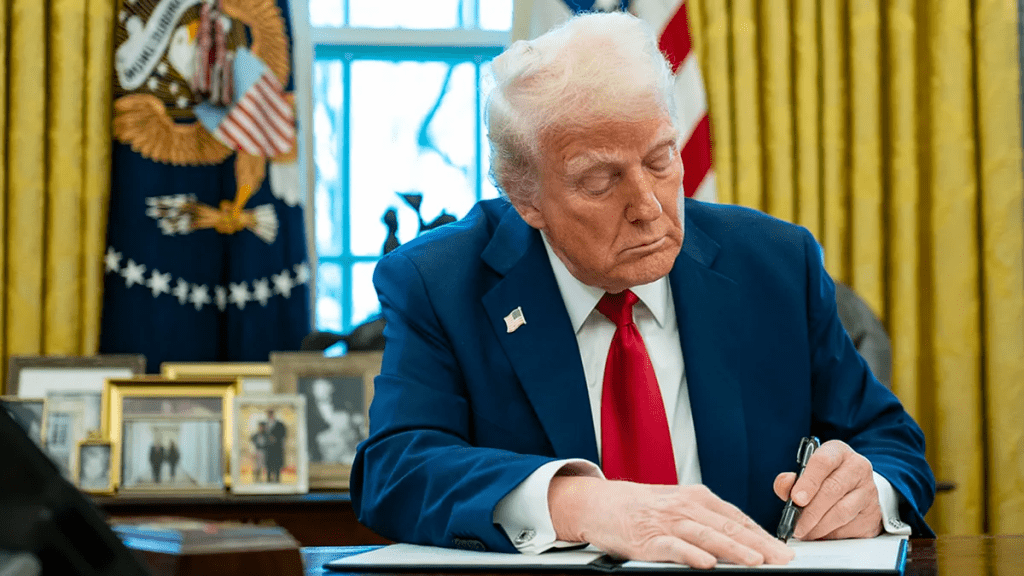
The order represents a significant shift in healthcare strategy. By leveraging artificial intelligence, Trump’s administration hopes to unlock new pathways for early detection, precision treatment, and data-driven research that can accelerate cures. While past administrations have often promised more funding or new programs, this move takes a different approach, looking at technology as the key to making treatments more effective and widely available.
Critics of Trump’s health policies have long pointed to his first term, when a 2017 budget proposal included nearly $1 billion in cuts to cancer research. At the time, opponents accused him of neglecting the fight against one of humanity’s most devastating diseases. But this new executive order signals a dramatic change of course, one that puts childhood cancer at the forefront of national health priorities and ties America’s future hope to technological progress.

Medical experts have noted that artificial intelligence could revolutionize oncology by spotting patterns across millions of cases that no human doctor could see alone. With Trump’s executive order, federal agencies will now be directed to integrate AI tools into cancer research databases, hospital systems, and clinical trials. The goal is not just to treat children more effectively but also to save critical time for families who can’t afford to wait for cures that might otherwise take years.
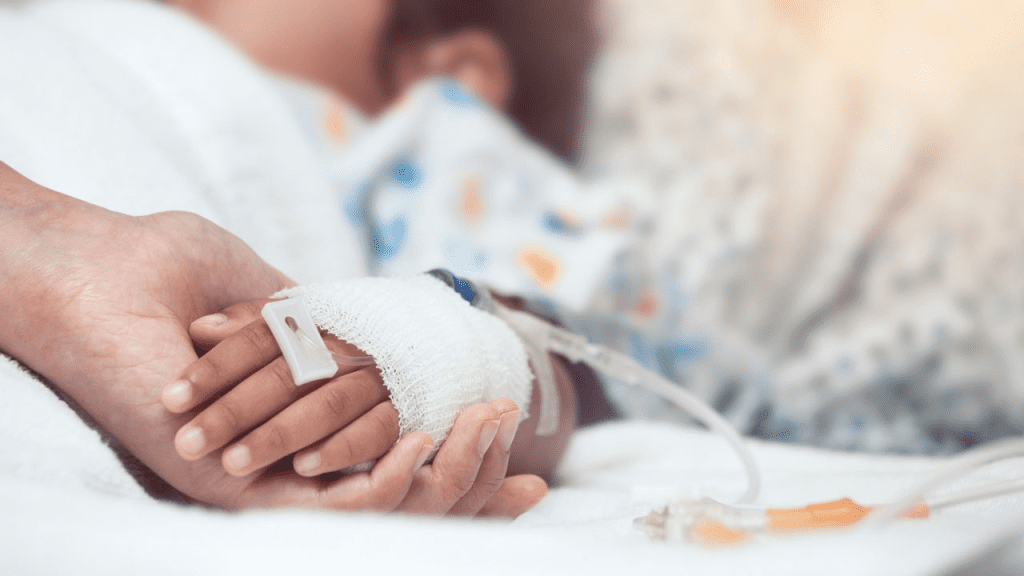
The emotional impact of this announcement cannot be overstated. The children present weren’t props for a photo-op. They were living proof of why such an initiative matters. Their presence made the policy tangible, turning statistics about pediatric cancer into the very real faces of children who want to live long enough to play, learn, and dream like every other child.
For parents watching, it was a moment of hope in the middle of unthinkable battles. For Trump, it was an opportunity to reset the conversation about his legacy in healthcare and show compassion in a way that connected with people beyond politics.
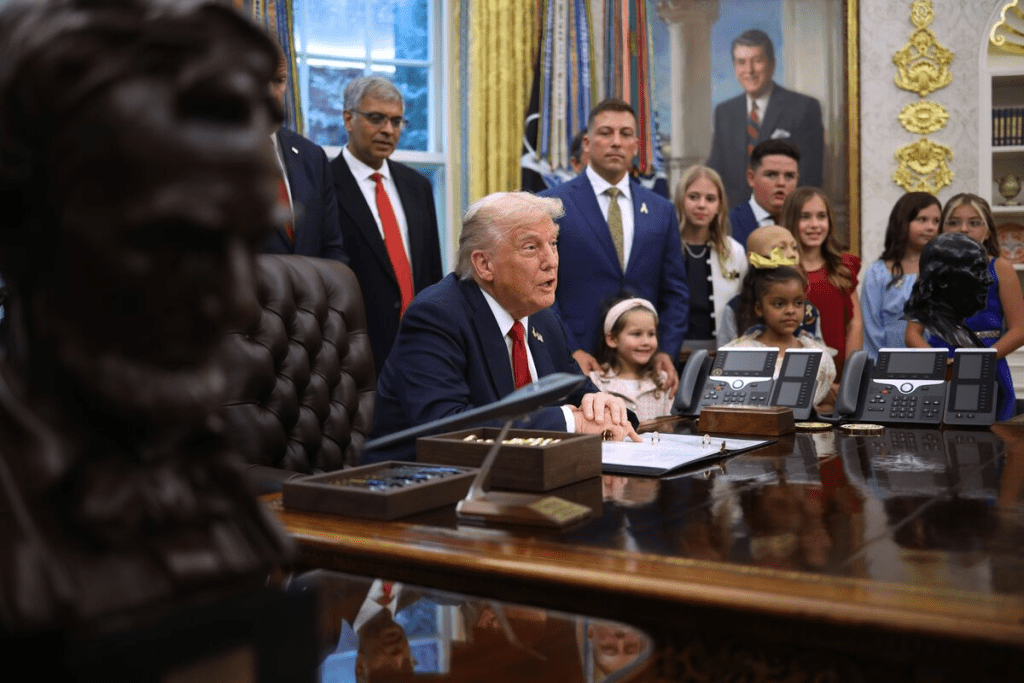
As the executive order takes effect, the challenge will be ensuring that AI is applied responsibly and effectively, with safeguards for data privacy and equal access to new treatments. But for now, the message is clear: the fight against pediatric cancer is not being ignored. The Oval Office has made it a national priority.
What made the day unforgettable wasn’t just the policy itself but the way it was presented. No scripts. No political grandstanding. Just children speaking straight from the heart and a President signing his name to a promise that their lives matter.

